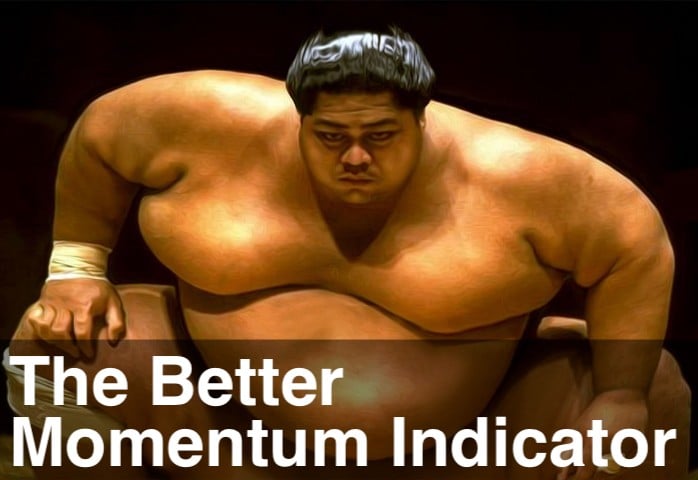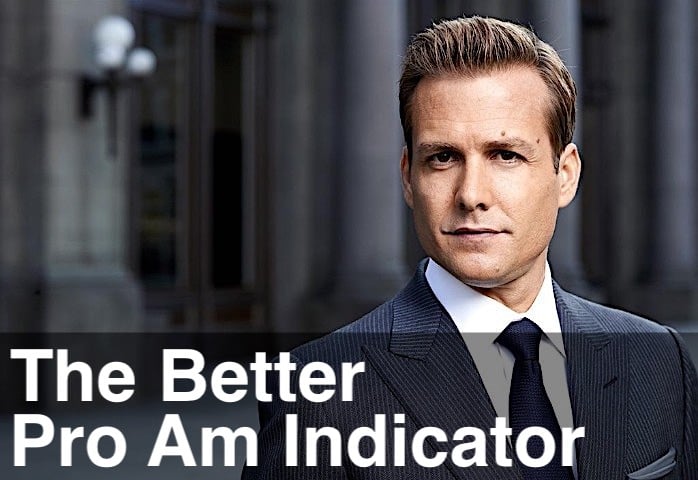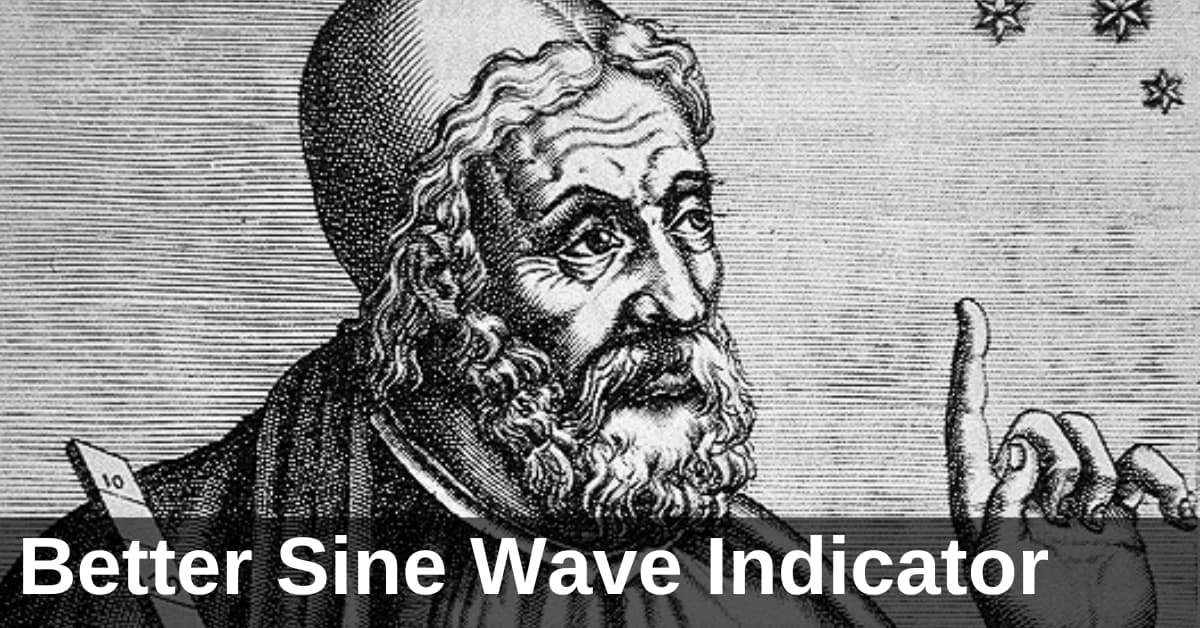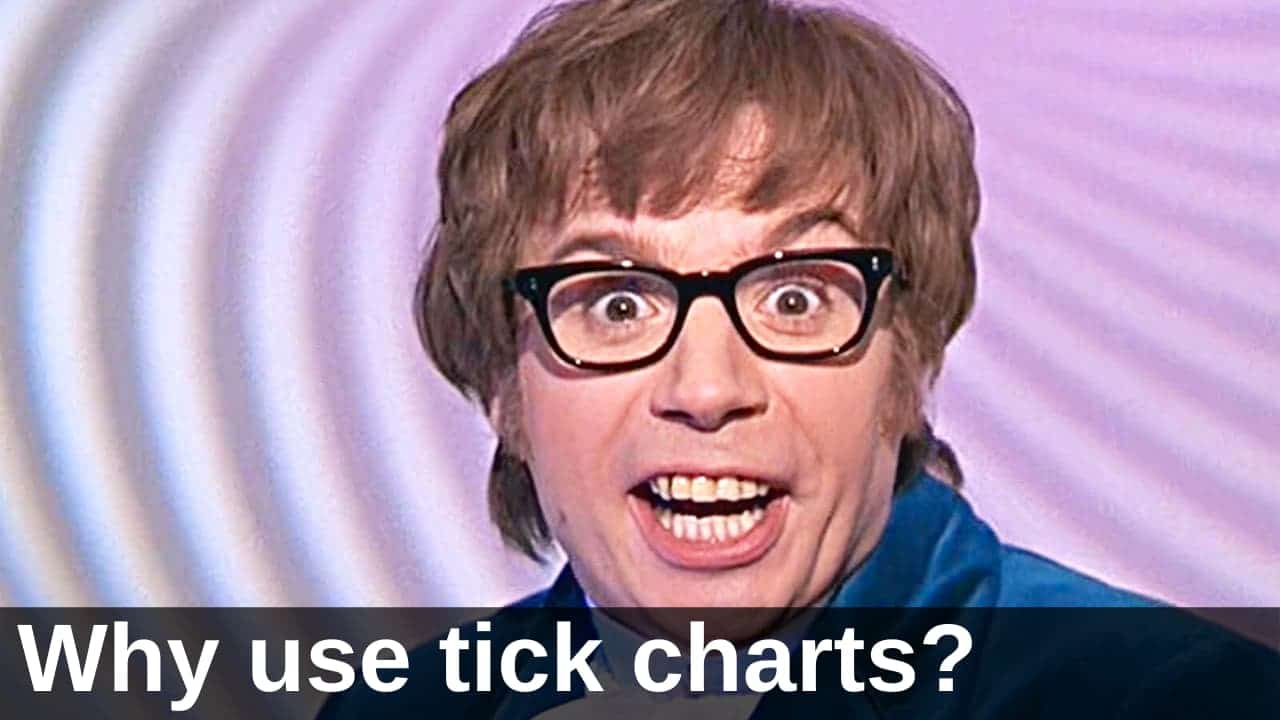Stop measuring price and start measuring demand and supply volume!
Momentum indicators have been calculated based on changes in price for decades. But that doesn’t make any sense – you’re just measuring the result, not the driving force. The driving force is demand and supply volume – the energy that drives prices. So why not use a momentum indicator based on buying and selling volume?
Better Momentum is my most valuable trading tool.
Jack B.
I am sold on your Better Momentum indicator.
Steve McG.
You make volume as visual as price.
Ralph R.
That’s what Better Momentum does – that’s why it’s a “better” momentum indicator – it calculates volume momentum plus it generates specific bullish and bearish signals. It’s one of my 3 non-correlated indicators. The other 2 are Better Sine Wave (measures price) and Better Pro Am (measures average trade size).
Table of Contents
Use the links above to jump to the Momentum Indicator topics that interest you.
How to measure momentum
The traditional momentum indicator – which seems to have no inventor – has been around forever. The typical code for a momentum indicator looks like this:
// Momentum Indicator Code
Inputs: Price(Close), Length(12);
Variables: MyMomentum(0);
MyMomentum = Price - Price[Length];
Plot1(MyMomentum,"Momentum");
Plot2(0,"Zero");It calculates the difference between prices (in this case the closing price) a set distance apart (in this case 12 bars). At market tops and bottoms you expect to see momentum decline. Traders often look for “divergence” patterns where, at a bottom, price is making new lows, however, momentum is making shallower lows. This warns that downside momentum is declining and the market is likely to bottom soon. The reverse is also true at market tops.
In years gone by, the only timely data traders had available was price data. Volume data was either not available or was delayed. But times have changed. My data feed not only tells me the volume of every single trade, but whether it took place on the bid or the ask! Extraordinary, really.
So let’s make an improved momentum indicator.
Volume based momentum indicators
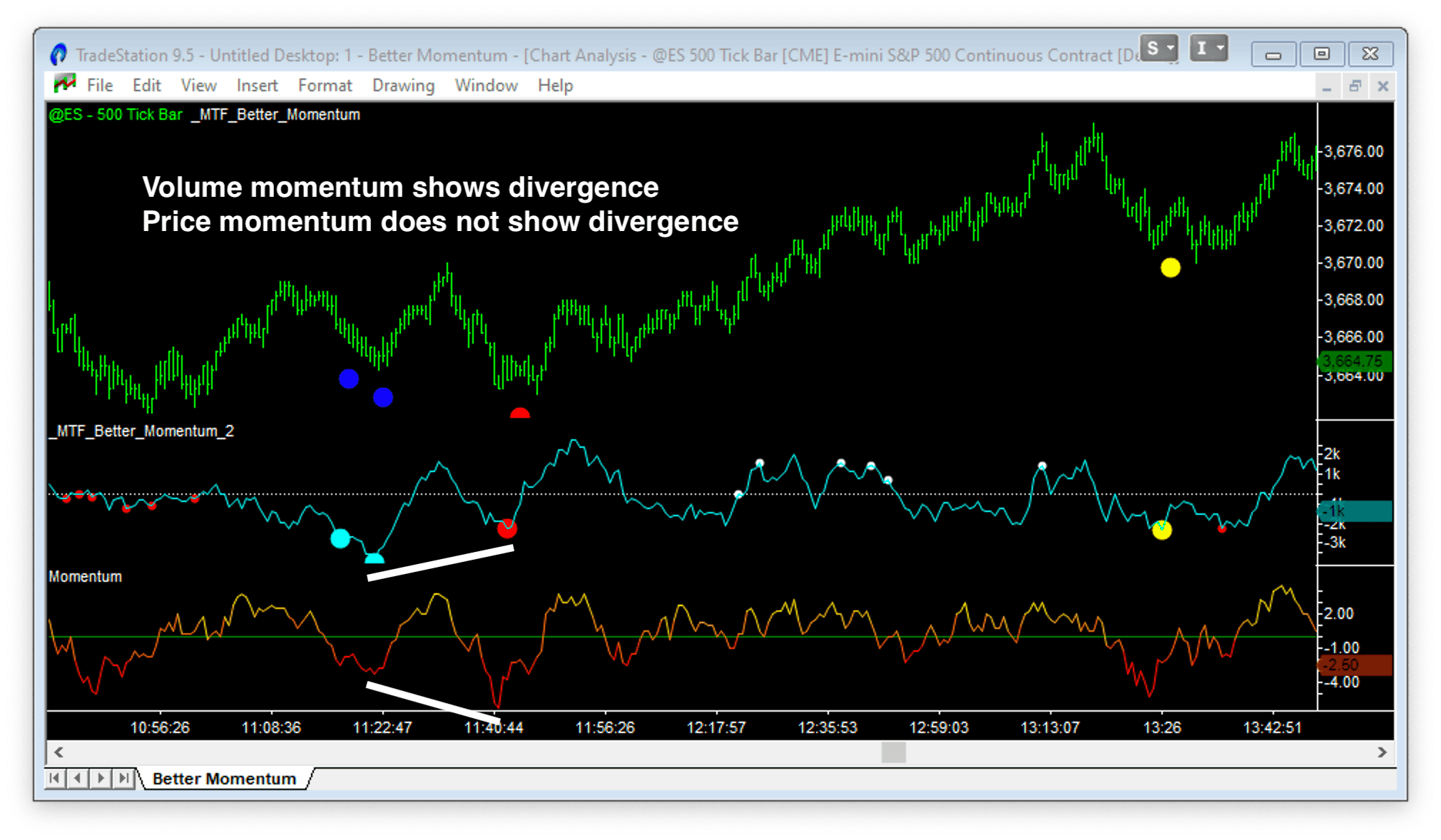
The chart above is a 500 tick bar chart of the Emini and shows the Better Momentum indicator (volume based) along side the traditional momentum indicator (price based) with the default TradeStation settings. As you can see for the highlighted turning point, the Better Momentum indicator correctly identified fewer sellers participating in the move and a likely reversal. The traditional momentum indicator totally missed that a turning point was being formed.
Not all turning points will be as clear cut as this one – often price based momentum mirrors volume based momentum. However, if you have the choice, why not measure the driving force of the market – volume – instead of settling for a proxy measurement – price.
What is the best momentum indicator?
Obviously I’m biased, but I think the best momentum indicator is the Better Momentum indicator. And here’s why:
- It’s based on buying and selling volume, not price
- It plots Exhaustion volume signals, where the market has reached a climax
- It plots Divergence patterns, where price and volume start to diverge
- It plots Flush patterns, where near extreme volume shows traders getting “flushed” out of the market
What is the best momentum indicator for day trading?
One of the problems with day trading is finding indicators that are quick to reach “steady state” at the Open. Most day traders are using 2, 3 or 5 minute bars and have to wait for the opening activity to settle down and their indicators to adjust from the quite pre-Open activity to the post-Open steady state.
One of the ways to overcome this large variation in activity between pre- and post-Open is to use tick charts. Tick charts compress low activity periods and expand high activity periods. In this way, pre-Open bars can be directly compared with the Open and the post-Open bars.
So using Better Momentum not only tracks volume momentum instead of price momentum. But if you trade with tick charts, the volume momentum patterns are directly comparable between low activity (pre-Open) and high activity (Open and post-Open) periods.
What is the best momentum indicator for stocks, forex and futures?
The Better Momentum indicator works on all markets and in all timeframes. Below are 3 example charts of the Better Momentum indicator on stocks, forex and futures. Shown are daily charts of AAPL, Euro futures and Crude Oil futures.
Use forex futures, not cash forex
Cash forex symbols do not have detailed volume data. The best you can do is use tick count as a proxy for total volume – and this is not close to the volume traded at the bid/ask. However, forex futures contracts traded on the CME do have detailed volume data – although they represent less than 20% of the total forex volume traded.
More info in this article: Do the ‘Better’ Indicators Work on Forex? Yes
The Exhaustion buying and selling and bullish and bearish Divergence patterns are highlighted. These show high probability turning points (and a generated in real-time, with no “back plotting”).
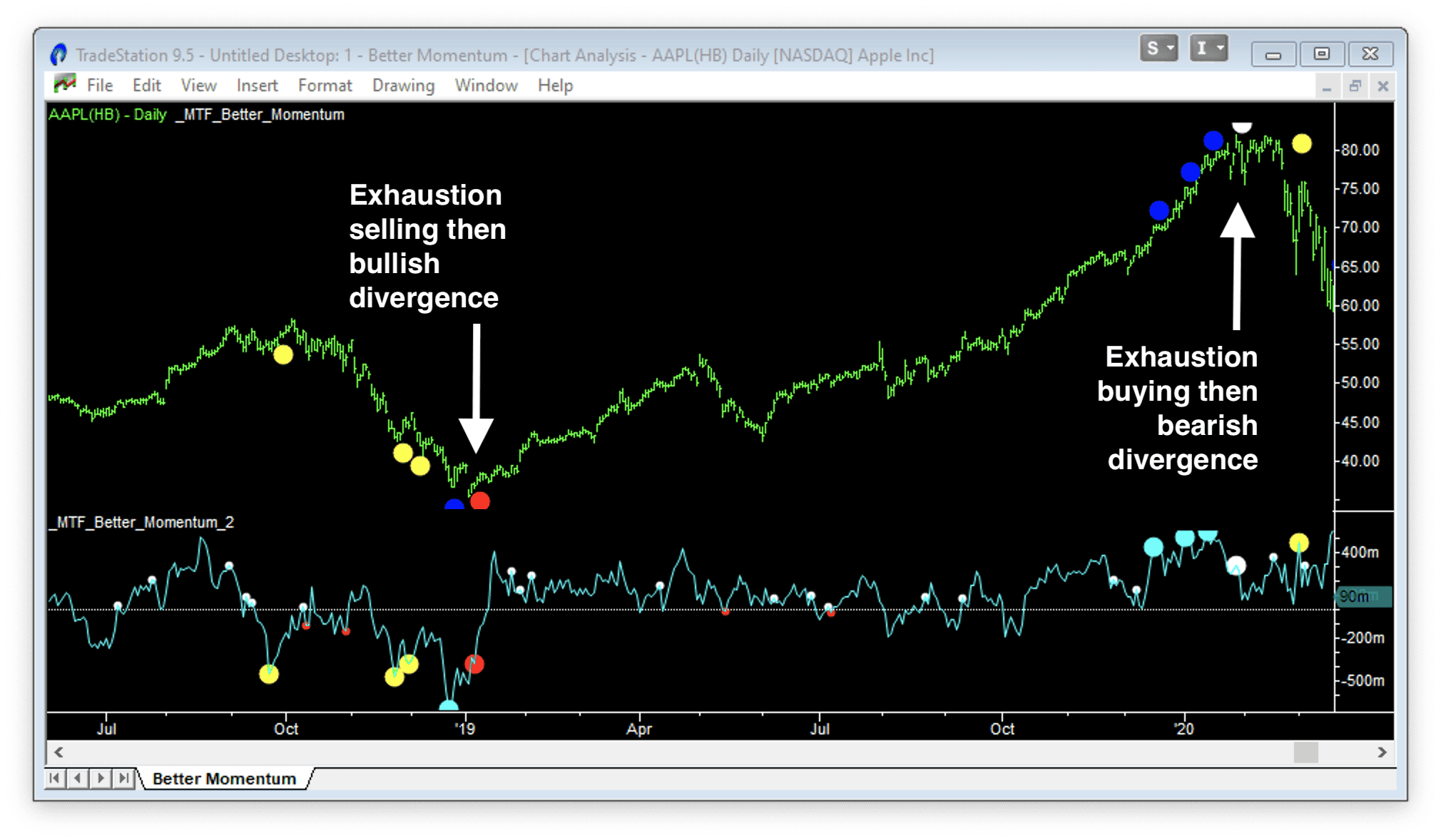

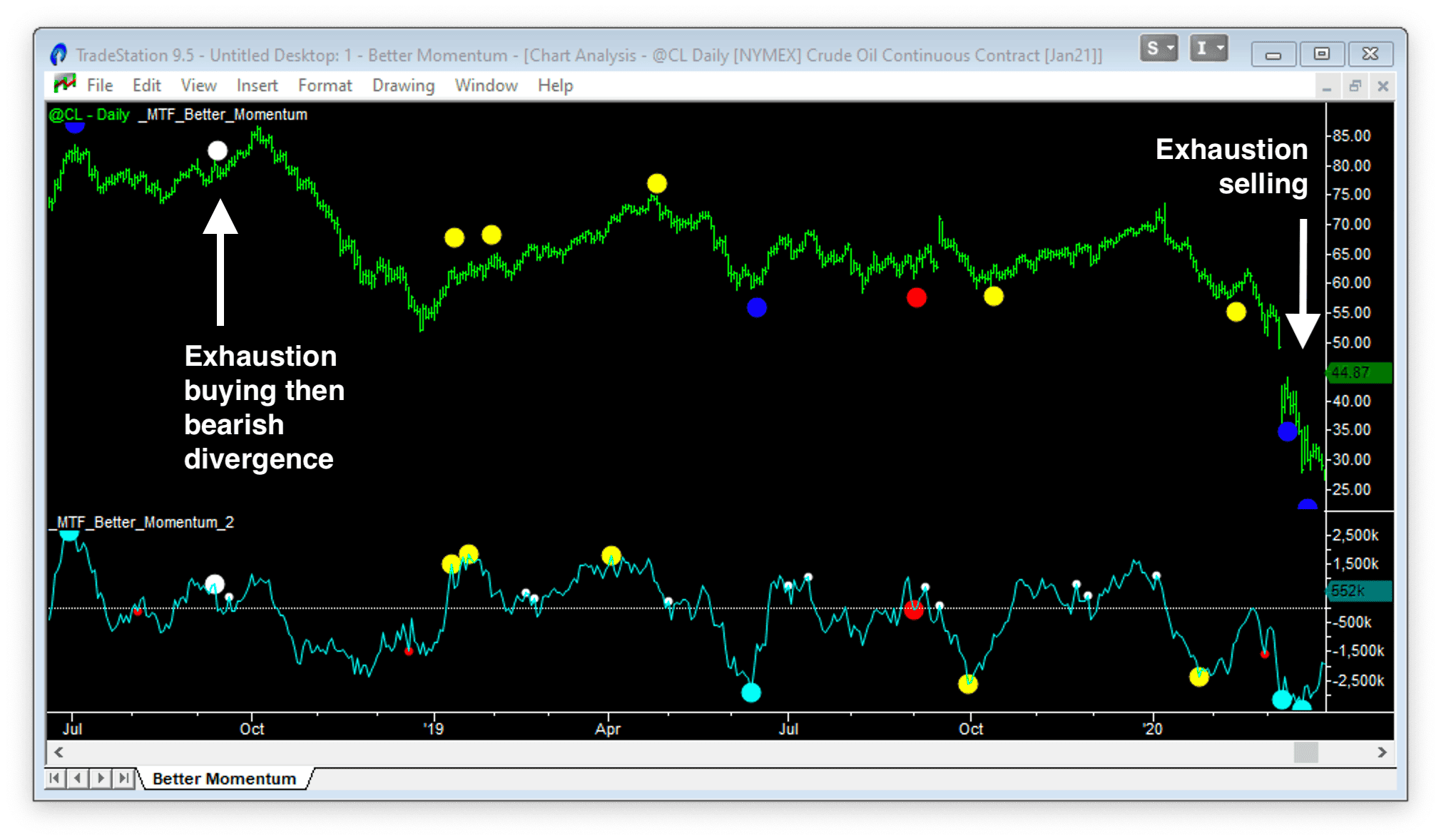
How to read the Better Momentum indicator
The Better Momentum indicator generates 3 signals following the progression of a change in trend:
- Exhaustion selling or buying (large cyan/blue dot)
- First bullish or bearish Divergence (large red or white dot), and
- Flush selling or buying volume pattern (large yellow dot)
These signals are plotted both on the price bars themselves (Better Momentum) as well as on the volume momentum line plotted below the price bars (Better Momentum 2).
[ In addition, secondary bullish or bearish Divergence patterns are also identified. These are shown with small red or white dots. However, the first bullish or bearish Divergence patterns are much more important and therefore emphasized. ]
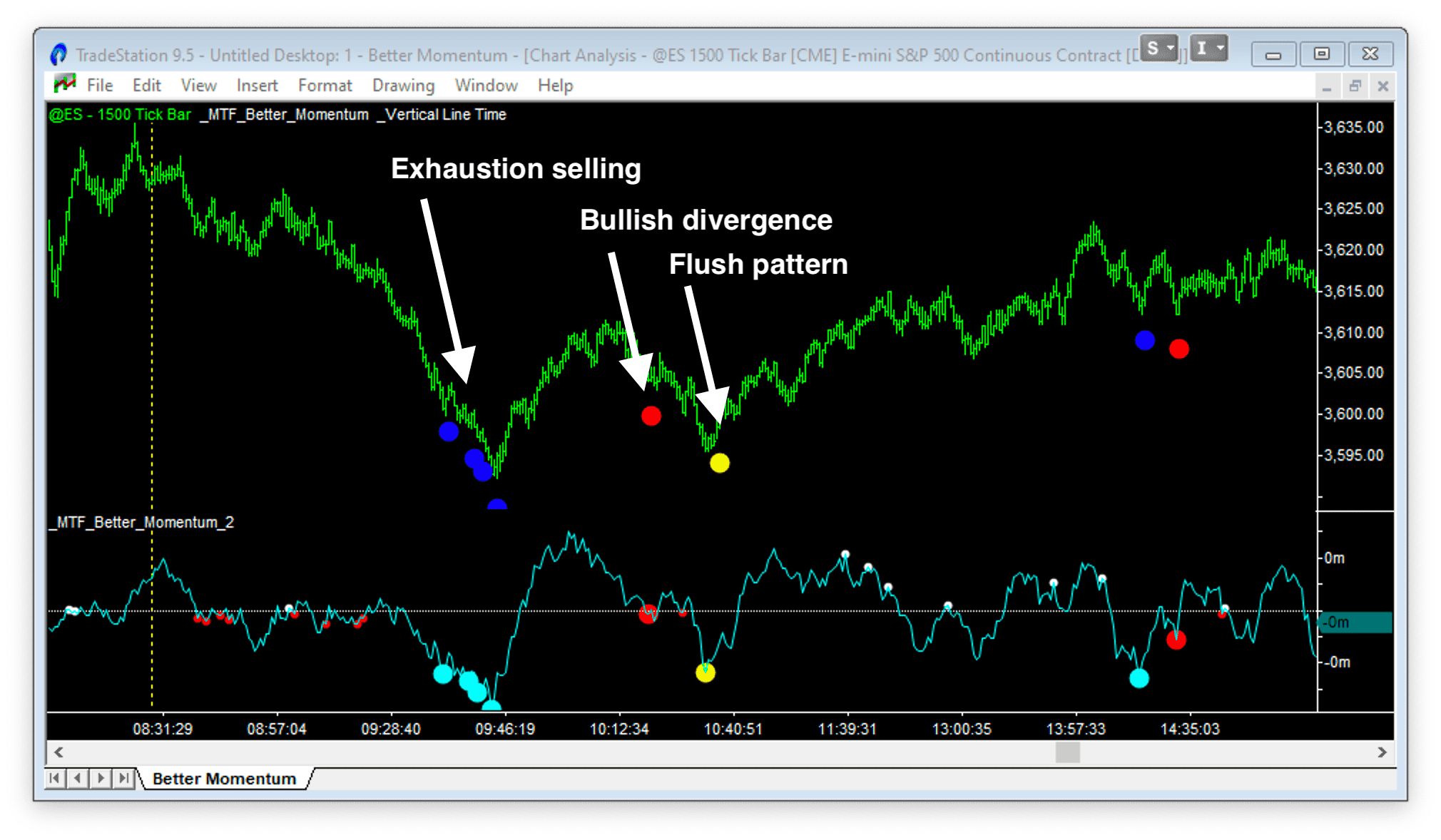
The chart above shows a typical bottom pattern on an Emini 1,500 tick chart: Exhaustion selling > Bullish divergence > Flush pattern.

The chart above shows a typical top pattern on an Emini 1,500 tick chart: Exhaustion buying > Bearish divergence > Flush pattern.
Trend exhaustion signals
Exhaustion buying and selling volume signals show that the market is getting ready to change trend. However, you should never enter a reversal trade when these signals appear. They show the “blow off” buying or “panic” selling that gets a large number of traders incorrectly positioned. They are part of the setup for a change in trend that will take a while to fully develop.
Volume divergence signals
You need to wait for at least the first bullish or first bearish Divergence signals to appear before entering a reversal trade. And in some cases it is necessary to wait for the Flush patterns too. These show that the last of the buyers or sellers have been “flushed” out of the market and the trend can now reverse with little resistance.
The divergence algorithm used by the Better Momentum indicator is quite sophisticated. It doesn’t just look for the current peak to be less than the previous peak. But instead compares the current peak with a statistically significant prior peak.
There can be a slight delay in the printing of Divergence signals as a peak has to be confirmed. However, this delay is not usually a problem for trading because the divergence signals lead the market.
Volume momentum reversal signals
On the other side of a trend reversal you’ll often get a burst of volume “getting the move going”. This can result in an Exhaustion signal as price breaks out of a congestion channel into a strong trend. However, don’t confuse these Exhaustion signals with those found at market tops or bottoms. They represent the energy that propels the trend and will eventually be taken out with profit taken at the eventual market top or bottom.
How to use the Better Momentum indicator for trading?
The best way to use the Better Momentum indicator is with confirming, non-correlated indicators. Since the Better Momentum indicator is measuring waves of buying and selling, I use price cycles and average trade size as my confirming indicators.
High probability trades set up when you get all 3 indicators line up. For example:
- Divergence patterns on Better Momentum with volume diverging from price
- Professional activity on the Better Pro Am indicator, and
- Price cycles lining up on the Better Sine Wave indicator
The 2 charts below show an Emini bottom confirmed with Professionals buying the Lows and Support price cycles lining up (in the highest and intermediate time frames).
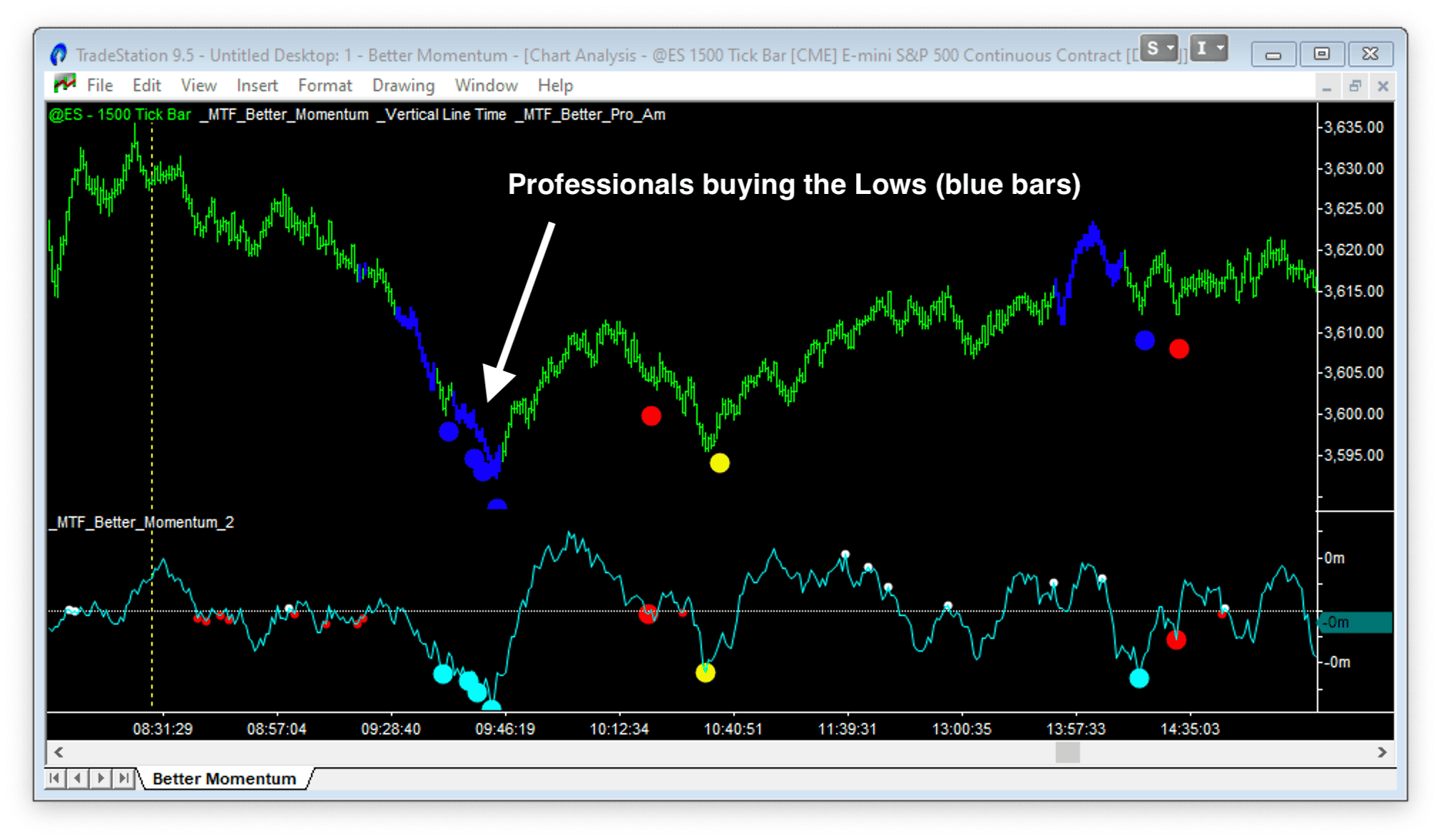
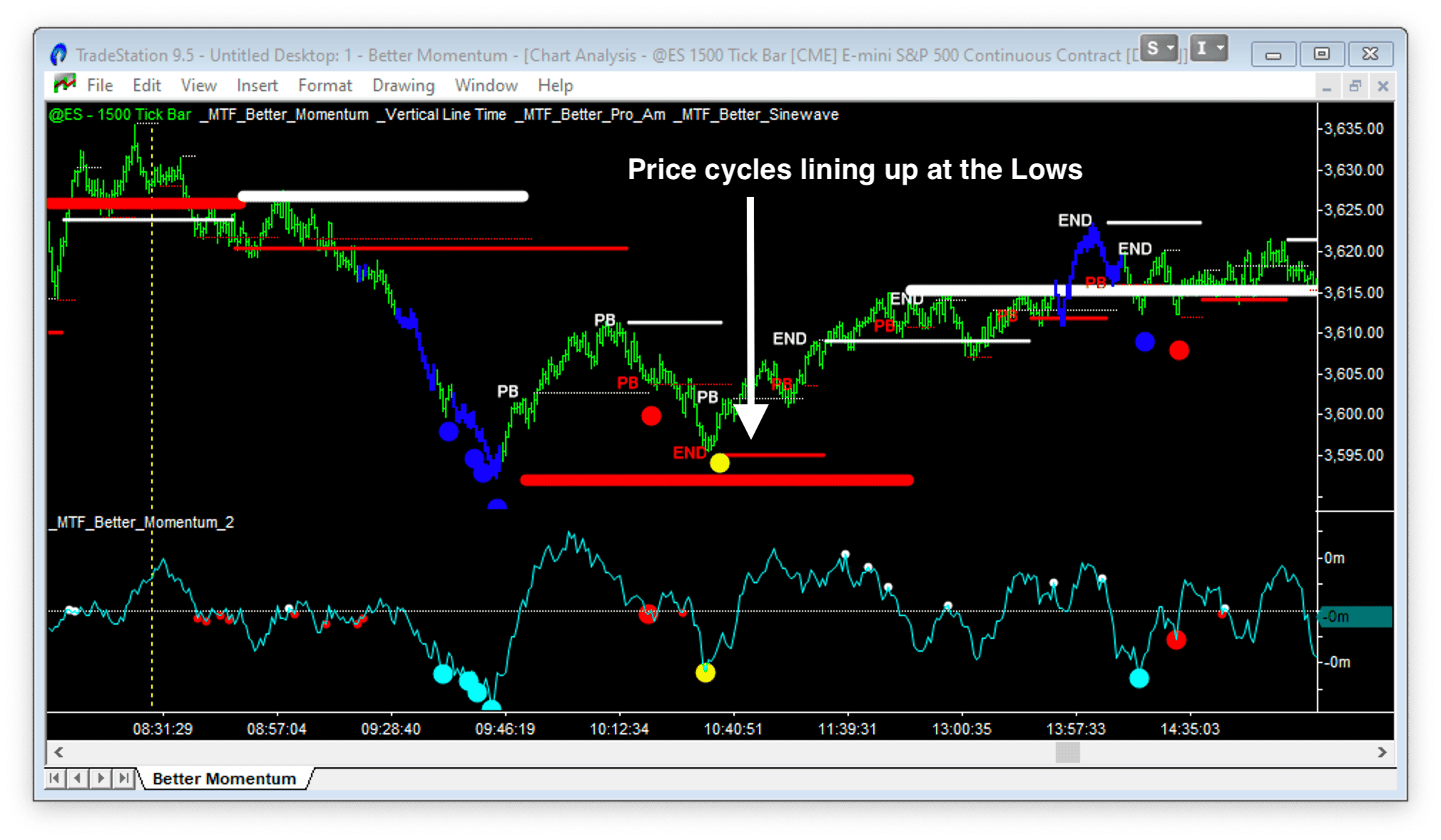
The 2 charts below show an Emini top confirmed with Professionals selling the Highs and Resistance price cycles lining up (in the highest and intermediate time frames).
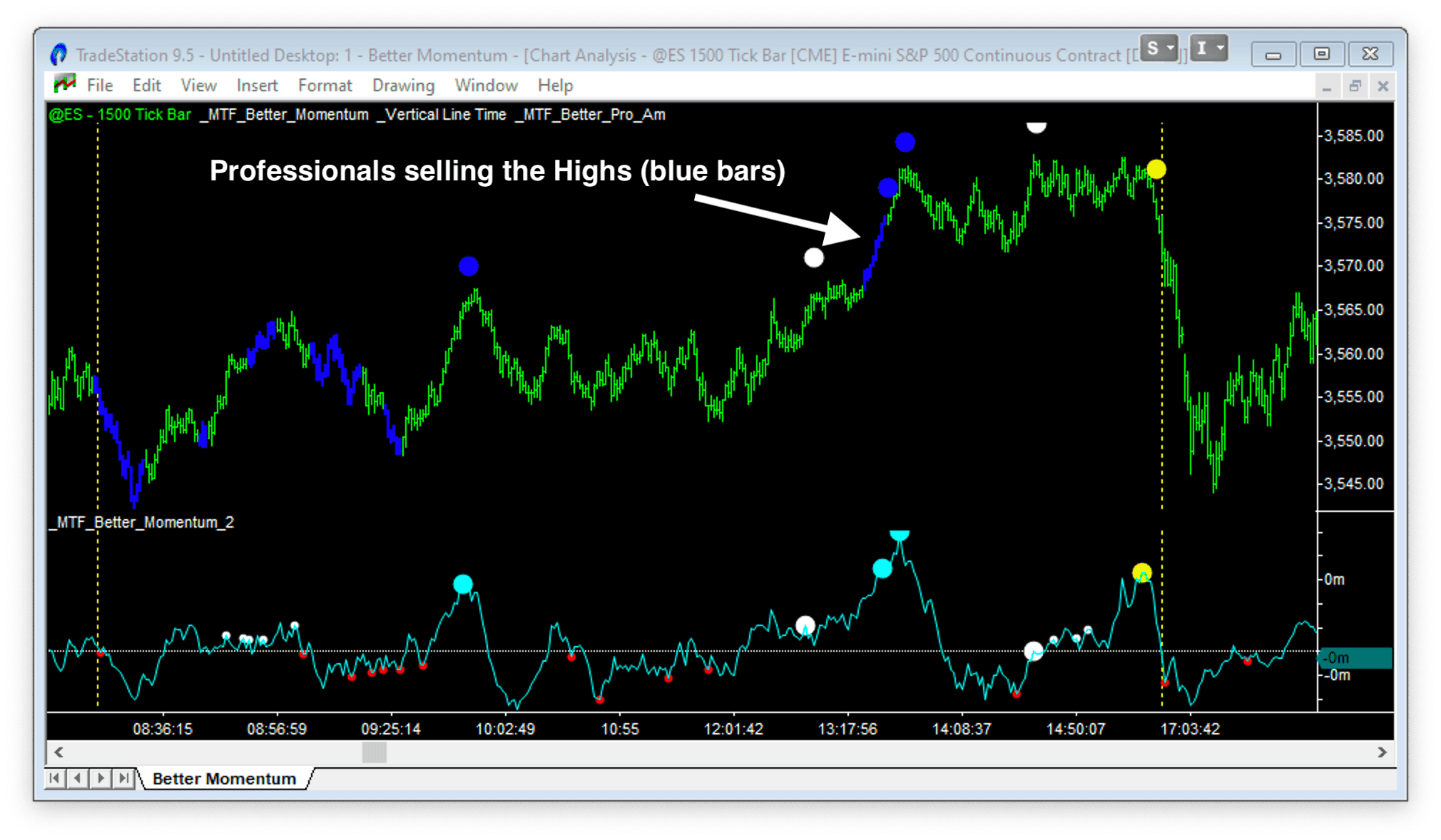
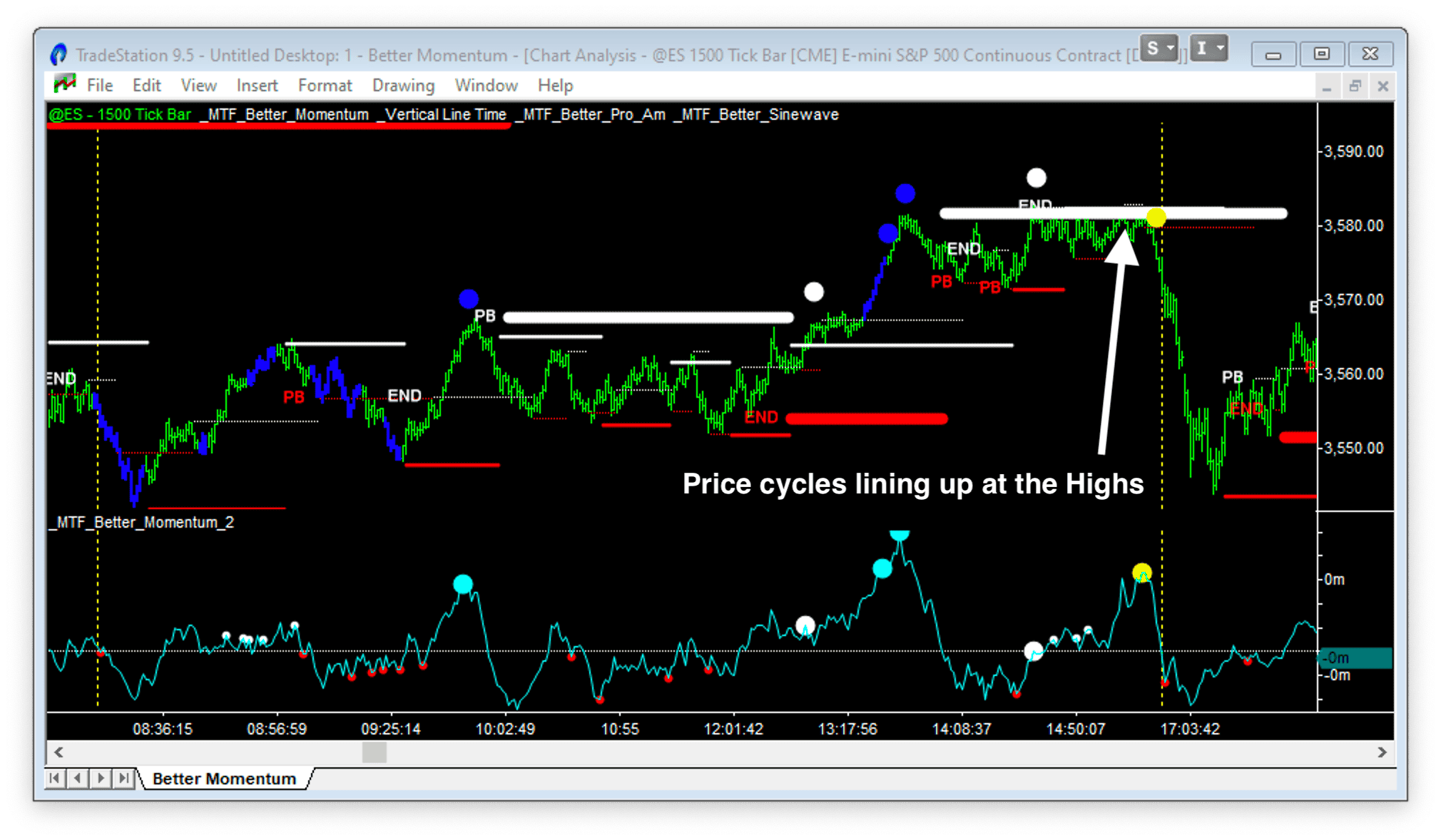
Better Momentum indicator settings

On the left is a screenshot of the Better Momentum indicator settings:
- MTF – Tells the indicator you are using it on a Multiple Time Frame (MTF) chart.
- UseUpTicks – Tells the indicator to calculate volume momentum based on volume traded as bid/ask. If this data is not available the indicator will calculate a proxy based on total volume and the OHLC.
- OffsetMulti – Tells the indicator how far away from the price bars to plot the signal dots.
- Exhaustion / FirstDiv / Diverg / Flush – Tells the indicator to plot the Exhaustion, first Divergence, other Divergence and Flush signals
- Alert – Tells the indicator to trigger an alert when one of the signals are generated.
Better Momentum FAQs
Better Momentum calculates the net buying and selling. So the scale of the axis is net volume for an index or net contracts traded for futures. On a typical day trading chart of the Emini, Better Momentum 2 will oscillate between a maximum buying value of +5,000 contracts and minimum selling value of -5,000 contracts.
The red dots indicate Bullish Divergence. The white dots indicate Bearish Divergence. The large dots show the first divergence signal after an Exhaustion signal. The small dots show the subsequent Divergence signals. The first Divergence signals are most important and I focus on them in my trading.
The first Divergence signals are identical on Better Momentum and Better Momentum 2. However, they appear on different bars. Better Momentum plots the signals exactly as they are generated. However, Better Momentum 2 plots the signals on the peaks/valleys of the Better Momentum line plot that trigger the Divergence patterns.
In modern/better data feeds volume data is split into up and down volume. That is, volume transacted at the ask or the bid. This gives a more accurate picture of buying versus selling volume. The Better Momentum indicator uses this up/down volume, when it is available, by default. However, from time to time and in some markets the data is unreliable. If you want to turn off the use of this up/down volume, simply set the “UseUpTicks” input to false. When the input is set to false or when the up/down volume data is not available the Better Momentum indicator uses the OHLC price data to calculate proxies for buying and selling volume.
Summary
This article should have convinced you to:
- Update your momentum indicator to measure volume not price. Modern data feeds now show you buying volume (demand) and selling volume (supply). Traditional momentum indicators only used price as a proxy for demand and supply because the volume data was not available when they were conceived.
- Only take reversal trades after you see Exhaustion volume. Exhaustion volume needs to be present to confirm a bottom or top – all the sellers need to have sold (i.e. selling volume dried up) or all the buyers need to have bought (i.e. buying volume dried up) for a reversal in the market to take place.
- Wait for bullish or bearish Divergence to signal a market is ready to turn. After Exhaustion volume look for Divergence patterns where, in the case of a market bottom, price makes a lower low but selling volume makes a higher low (bullish Divergence). In the case of a market top, price makes a higher high but buying volume makes a lower high (bearish Divergence).
- Look for confirmation from non-correlated trading indicators. In my trading I use 2 other non-correlated indicators: Better Pro Am to identify Professional and Amateur activity and Better Sine Wave to identify Support and Resistance price cycles. High probability trades can be found by combining these bullish and bearish Divergence signals on the Better Momentum indicator with Professional activity supporting a change in trend along with important Support or Resistance levels.
What people are saying about Better Momentum
I love Better Momentum. It is an integral part of my trading.
Doug B.
Better Sine Wave is fantastic; Better Momentum is fantastic.
BoB V.
I love Better Momentum – it has changed my view of the price/volume structure forever.
Ray M.
The Better Momentum indicator has become my most valuable trading tool. Well done!
Jack B.
The Better Momentum indicators are really great – I like the new features that you added as well … I really LOVE the Better Momentum indicator – I think it is fantastic.
Allan R.
You make volume as visual as price and I agree with you about its impact on trading. Keep up the good work … Love your Better Momentum indicator. I am looking daily and weekly with stocks.
Ralph R.
Better Momentum seems to do the best for me. It gives me confidence to hold thru an adverse move seeing when the vol. diverges. It’s like having an ultra sound of the price enabling me to see what is below the surface of the price action. I’ve been following you since September of 2013. I can’t believe I waited so long to buy your indicators.
Brian C.
Thank you for the Better Momentum indicator! I really find that I can look at CL charts in a more structured way and feel less bewildered. This is huge, thanks again, I am much more confident now with this indicator! And thanks for making them easy to use and for providing clear instructions!
James K.

